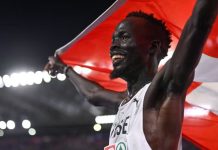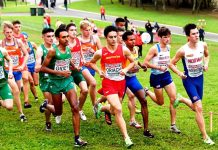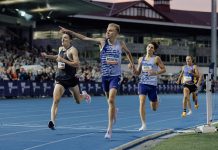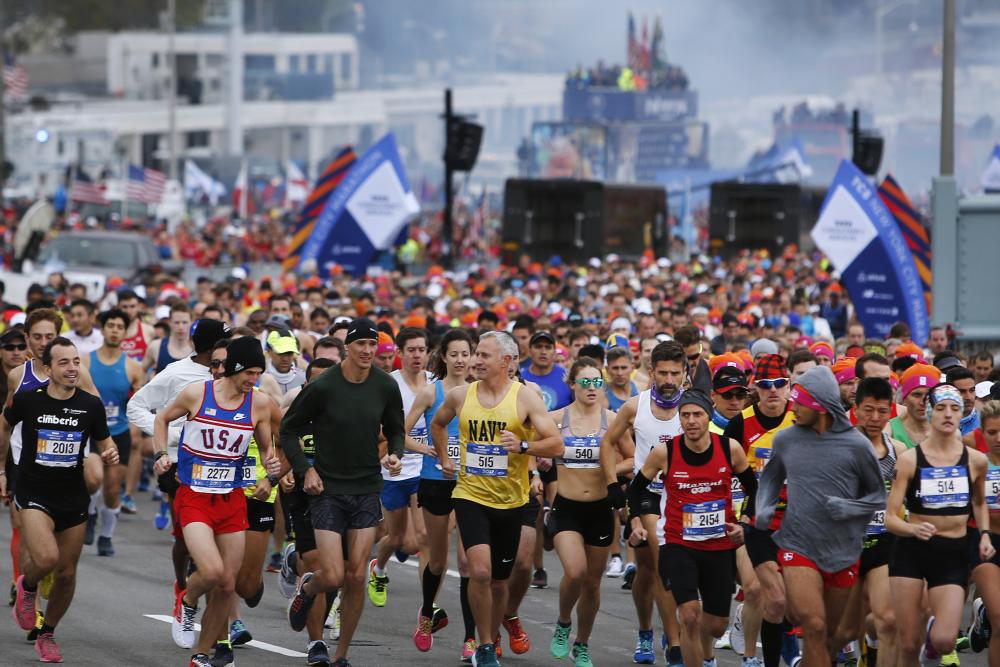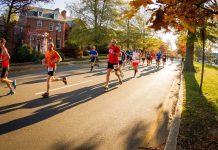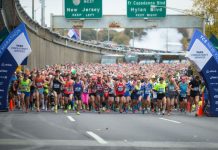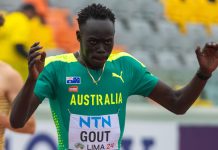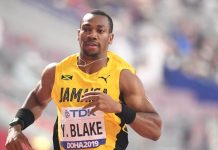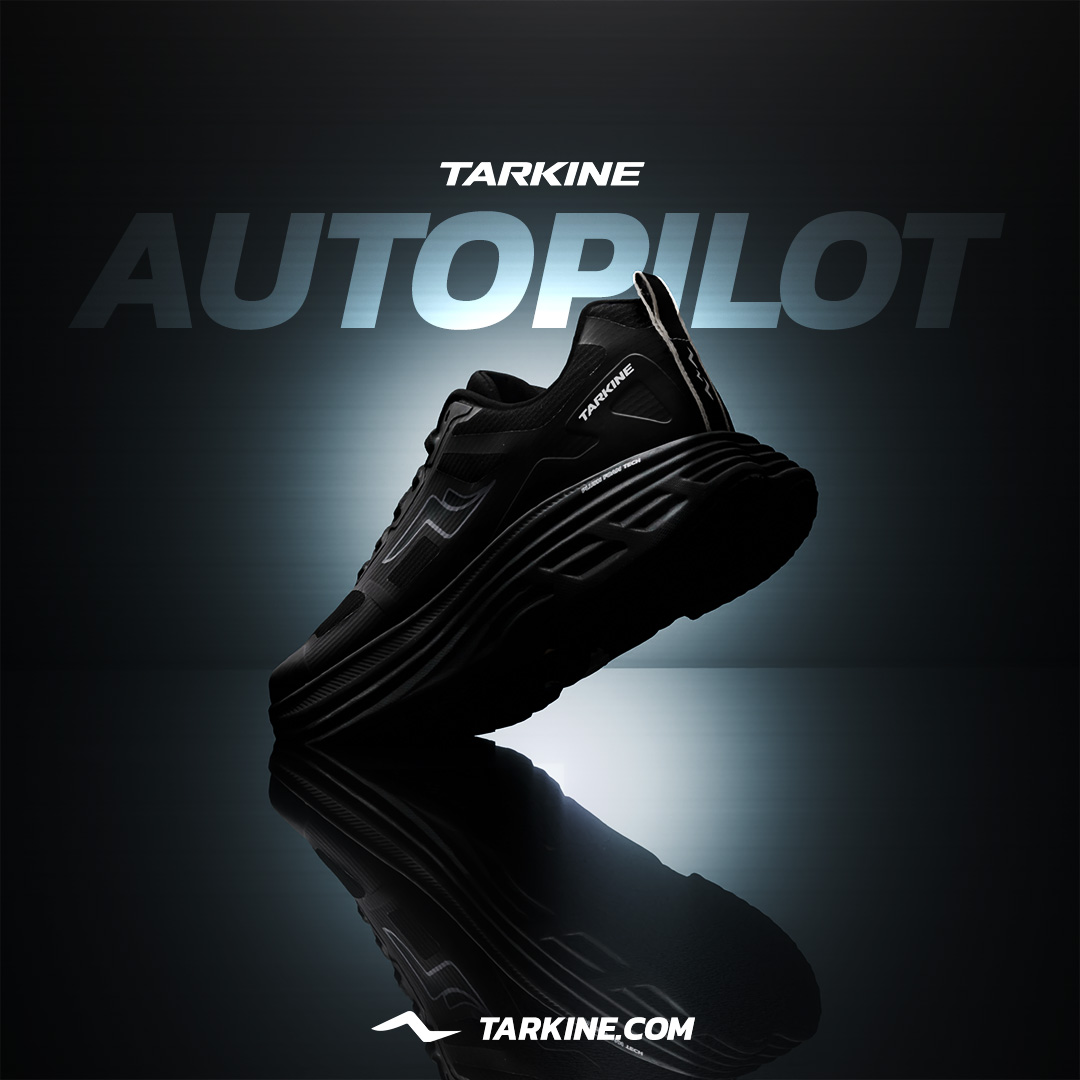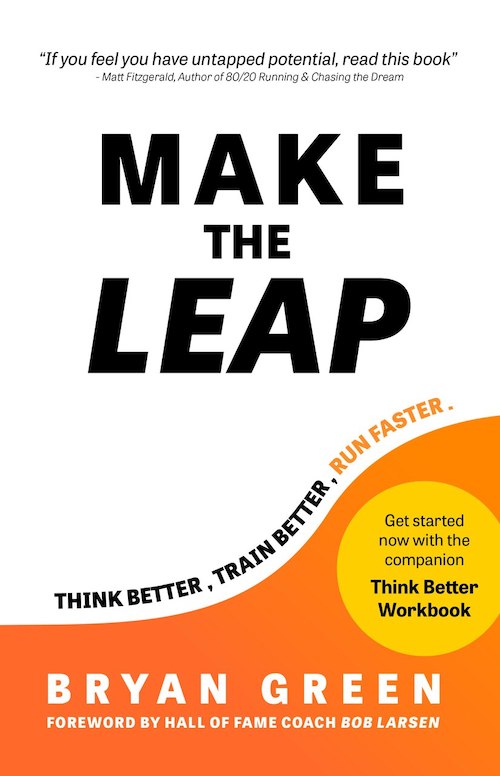Participation Trends and Demographic Shifts
The World Marathon Majors, comprised of Tokyo, Boston, London, Berlin, Chicago, and New York City marathons, are well-known events in the global marathon community. These races attract both amateur and elite runners who aim to complete all six races to earn a Six Star Medal. Over recent years, marathon participation has increased, especially after the COVID-19 pandemic. For example, the United States saw a 16% increase in marathon participation in 2022, with projections indicating further growth in 2023. The Chicago Marathon reported a record number of 48,398 finishers in 2023, while the New York City Marathon approached its all-time high with 51,402 participants. Marathon participation has grown by over 50% over the past decade on a global scale.
This growth in participation has also been accompanied by demographic shifts. There is an increasing number of runners from Millennial and Gen Z populations. Additionally, there has been a rise in participation among BIPOC runners. This shift is, in part, due to the influence of social media influencers and live broadcasting of major marathon events, which have broadened the appeal of marathon running to various populations. Notably, the most active age group in marathon distances is currently those aged 35-44, though the number of participants aged 18-29 has been rising slightly in recent years.
Motivations for Marathon Running and Technological Innovations
Several key motivations drive people to participate in marathons. Health benefits, personal achievement, social interaction, and the desire for self-improvement are common factors. Studies reveal gender-specific motivations: women typically run marathons for weight management and psychological coping, while men may focus more on the competitive aspect. Psychological benefits include a sense of accomplishment and improved mental well-being, while physical benefits encompass improved cardiovascular health and cognitive function.
In recent years, technological innovations have influenced marathon training and performance. Advanced footwear technology such as carbon-plated “supershoes” has become integral for competitive performance, contributing to the breaking of world records. The use of artificial intelligence in training programs and race organization has also increased, providing runners with personalized training plans to optimize their performance. Social media platforms play a prominent role, enabling runners to share their training journeys and achievements, thus fostering a sense of community among participants.
Economic Impacts and Cultural Influence
Marathons contribute to local economies through tourism and sponsorships. The influx of international participants traveling to iconic cities to compete boosts the local hospitality industry. For instance, the New York City Marathon generates substantial revenue, with its largest participation year bringing in over $15 million. This economic impact extends beyond the marathon events to various entertainment venues, including casinos. Marathoners, after rigorous mental and physical exertions, may seek a relaxing yet stimulating environment to unwind, making casinos a complementary form of leisure. For example, the integration of betting on marathons has broad implications for the running culture. Betting platforms like Stake Casino Fanatics have expanded their coverage to include major marathon events, adding a new dimension of engagement for audiences worldwide.
This inclusion of betting platforms indicates a broadening interest that extends beyond traditional sports fans to include those motivated by financial opportunities. It also enhances media coverage, driving more participation and viewership. This increased attention supports marathon growth by attracting more sponsorships, elevating prize money, and boosting overall visibility.
Cultural and Global Impact
Globally, marathons have turned into major cultural events that promote fitness awareness and community engagement. The Tata Mumbai Marathon in India is a prime example of fostering a running culture and raising fitness awareness within many populations. Furthermore, marathons are seen as unifying events, offering opportunities for social interaction and community building, which is especially important in a post-pandemic world. Running clubs and fitness apps like Strava enhance this communal aspect, allowing runners to connect and share their experiences.
The global reach of marathons is expansive. Beyond the six major marathons, there are between 2,500 to 4,000 marathons held worldwide annually, with participation from up to 11 million people. The broad participation underscores the universal appeal of marathon running as both a competitive sport and a cultural event. Additionally, the Paris 2024 Olympics will feature the “Marathon Pour Tous,” a mass participation event allowing amateur runners to experience the Olympic marathon course alongside elite athletes. This initiative highlights the inclusive nature of marathons and their role in promoting global sportsmanship.
Gender Differences and Environmental Considerations
Gender differences in pacing strategies during marathons are also noteworthy. Research indicates that women are generally better at pacing, maintaining consistent speeds throughout the race compared to men. Moreover, the participation of women in ultramarathons has increased over the past decade, illustrating a growing interest among female athletes in long-distance running events.
As marathon participation continues to rise globally, there is an increasing focus on environmental responsibility within the running community. Participants are encouraged to offset their carbon footprints through green initiatives and opt for eco-friendly transportation options. These environmental considerations are essential to ensuring sustainable growth within the global running culture.
Conclusion
Overall, the increasing interest in World Marathon Majors and the various factors contributing to global running culture reflect major trends and changes within the running community. From demographic changes and technological innovations to economic impacts and cultural influence, the field of marathon running is marked by numerous developments that continue to shape and enhance the sport on a global scale.



